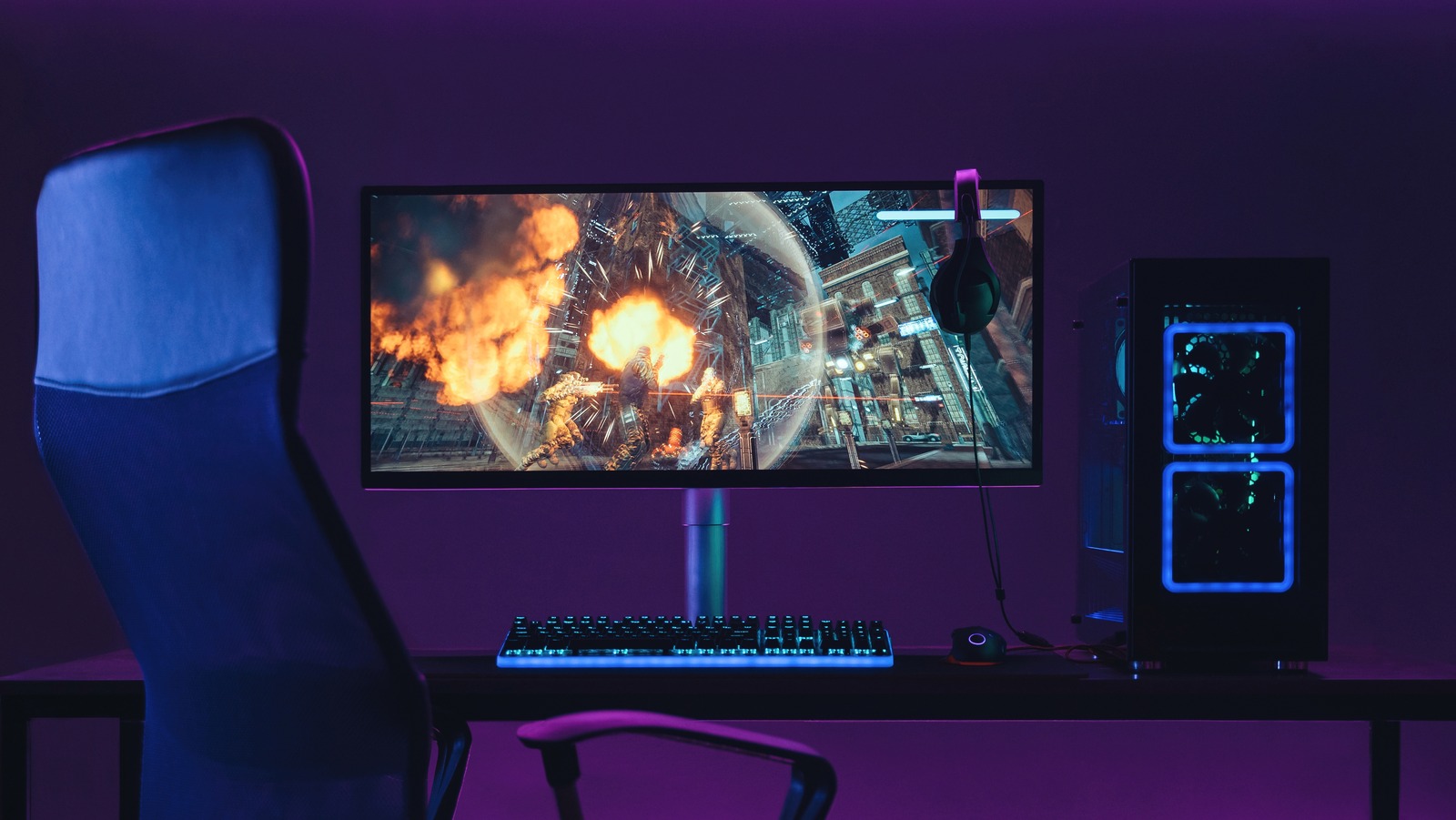VRR Essentials: Choosing the Right Monitor for Your GPU

In 2025, choosing the right monitor is just as important as picking the right graphics card. Modern GPUs from NVIDIA and AMD are powerful enough to push hundreds of frames per second, but if your display cannot keep up, you miss out on smooth gameplay. This is where variable refresh rate (VRR) technologies like G-SYNC, FreeSync, and the wider standard of VRR come in.
If you are planning your next build or upgrade, here is a clear breakdown of what these technologies do, why they matter, and how to choose the right monitor for your GPU.
What Is VRR and Why Does It Matter?
Traditionally, monitors refreshed at a fixed rate, like 60Hz or 144Hz, regardless of how many frames your GPU delivered. When the GPU output did not match the refresh cycle, you saw screen tearing, stuttering, or input lag.
Variable refresh rate solves this by letting the monitor and GPU sync in real time. Your display now refreshes only when a new frame is ready. The result is smoother motion, fewer artifacts, and a more responsive experience.
NVIDIA G-SYNC vs AMD FreeSync
Both companies offer their own approach to VRR, but they serve the same purpose.
- G-SYNC: NVIDIA’s proprietary technology. G-SYNC monitors contain extra hardware that ensures extremely stable synchronization, but they usually cost more.
- FreeSync: AMD’s standard, which is based on open Adaptive-Sync. FreeSync monitors tend to be cheaper and more widely available, with tiers like FreeSync Premium and Premium Pro for stricter quality requirements.
Today, many modern monitors support both technologies, especially with HDMI 2.1 and DisplayPort 1.4 or higher. This means GPU brand lock-in is less of an issue than it once was.
The Rise of Generic VRR
Beyond brand-specific solutions, VRR has become part of HDMI and DisplayPort standards. This means even consoles like the PlayStation 5 and Xbox Series X can use VRR on supported TVs and monitors.
For PC gamers, this ensures that as long as your monitor is certified for VRR, your GPU will be able to sync with it, no matter if it is NVIDIA or AMD.
Why Frame Generation Changes the Equation
Frame generation, found in NVIDIA DLSS 4 and AMD FSR 4, introduces synthetic frames that are inserted between real ones. While this boosts perceived frame rate, it also makes VRR even more important. Without VRR, mismatches between real and generated frames could lead to jitter. With VRR enabled, your monitor keeps everything consistent and smooth.
Resolution and Refresh Rate Considerations
Your GPU choice should guide your monitor selection:
- 1080p: Still popular for esports. Here, a 240Hz or even 360Hz VRR display is ideal to take advantage of high frame rates.
- 1440p: The current sweet spot for most gamers. Pair a mid-to-high-end GPU with a 165Hz or 240Hz monitor with FreeSync or G-SYNC compatibility.
- 4K: Demanding but beautiful. Even with frame generation, you want at least 120Hz with VRR for smooth motion.
- Ultrawide and Super Ultrawide: Excellent for immersion. Make sure your GPU can handle the extra pixel load and that your monitor supports VRR across the full refresh range.
OLED vs LCD for VRR
OLED monitors are becoming more common in gaming. They offer near-instant pixel response times, which pairs beautifully with VRR for smooth motion. However, they can be more expensive and may require careful brightness settings to avoid burn-in.
LCD monitors with high refresh rates remain the more affordable and versatile choice. Many support VRR at 144Hz and beyond with excellent performance.
Final Thoughts
In 2025, VRR is no longer a luxury feature. It is essential if you want to get the most out of your gaming PC. Whether you go with G-SYNC, FreeSync, or generic VRR, the key is to match your monitor to both your GPU and your preferred resolution.
If you want buttery-smooth gameplay, reduced tearing, and a more responsive experience, investing in a VRR-compatible display is one of the best upgrades you can make.
Tarl @ Gamertech

